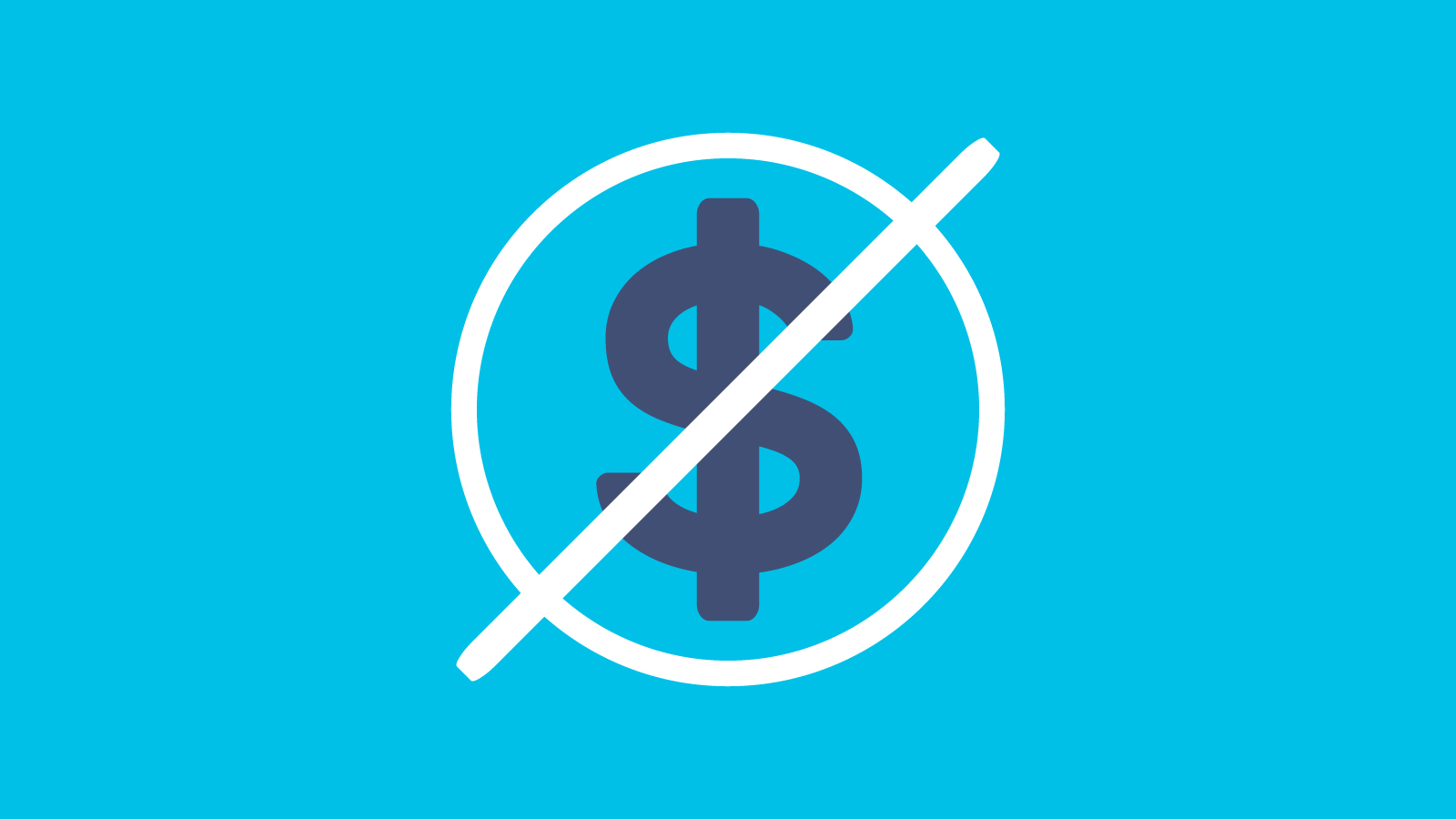Freebies and Opportunities for Science and STEM Teachers, October 22, 2024
By Debra Shapiro

Freebies for Science and STEM Teachers: Grades K–College
Arctic Education Resources
The newly revamped Arctic Education Program page from ARCUS, the Arctic Research Consortium of the United States, features arctic-themed research opportunities for teachers and students, K–college lesson plans, and factual spotlights about plants and animals in polar regions. Teachers can also sign up for the Polar Education List to connect with other educators, researchers, and learners and exchange information about polar education topics.
Freebies for Science and STEM Teachers: Elementary and Middle Level
Life in a Nest
This teacher’s guide from the Cornell Lab of Ornithology is designed to extend students’ excitement about birds after they observe bird behaviors on live-streaming nest cams. Most appropriate for elementary and middle levels, the 19-page guide presents four engaging activities to further students’ understandings: Nesting Birds and Eggs, From Nestling to Fledgling, Exploring Bird Behavior, and Building a Nest Challenge. The activities incorporate both indoor and outdoor experiences as well as age-appropriate games and activities and supporting student worksheets. For example, Exploring Bird Behavior challenges students to choreograph their own Albatross dance after watching videos of the albatross. Later, students take a Bird Behavior walk in the schoolyard to record bird sounds and behaviors observed on the nest cams and in real life.
Freebies for Science and STEM Teachers: High School
Using Primary Sources as Launching Phenomena in Chemistry
Use images of nuclear bomb tests from the Library of Congress to teach high school chemistry students about the reactions of plutonium bombs. The historical images, which depict mushroom clouds resulting from the Operation Crossroads nuclear weapons tests in Bikini Atoll in July 1946, can serve as launching phenomena for a study of gas laws or nuclear reactions in a chemistry classroom, as well as a great way for students to make connections to history and about the nature of science. In an activity published in the blog Teaching with the Library, students compare two images of mushroom clouds taken from the tests in 1946, creating a Venn diagram to record the similarities and differences they observe. Students will view the different shapes of the clouds and note that both clouds are forming over water; these observations flow naturally to the unit’s driving question: What is responsible for the differences of these two clouds?
To investigate, students can explore the chemical reactions when a plutonium bomb detonates and explore the effect on the surrounding fluid. Activities that address how temperature affects the properties of a gas and liquid, including density and buoyancy, will help students construct a response to the driving question and lead to discussions of the factors that might change the characteristics of the clouds. The unit also provides opportunities for further research and meaningful conversations about the pros and cons of this type of nuclear testing.
Opportunity for Grades K–12
The Albert Einstein Distinguished Educator Fellowship Program
In this program, K–12 educators in the fields of science, technology, engineering, and mathematics (STEM) serve for 11 months in federal agencies or in U.S. Congressional offices, applying their knowledge and classroom experiences to national education program and/or education policy efforts. At the end of the fellowship, educators will have access to a national network of education leaders and programs, a better understanding of the challenges and possibilities in STEM education, and a renewed passion for teaching, able to make significant contributions to the educational community. Current sponsoring agencies include: the Department of Defense, the Department of Energy, the Library of Congress, NASA, the U.S. Geological Survey, the Department of Homeland Security, and the National Science Foundation. The Department of Energy sponsors up to five placements in congressional offices. Apply by November 14.
Opportunity for Grades 3–12
2025 EngineerGirl Writing Contest
The contest is open to all students in grades 3–12, and this year’s theme is “Innovating Smarter.” Students must write a piece describing a common object they would make “smart,” then tell what it would do, how it would help people, and what could go wrong. The top prize in each of three grade categories is $1,000. The deadline is February 1, 2025.
The EngineerGirl website has a note for educators and tips for using the contest in a classroom.
Opportunity for College/University
SCST’s Outstanding Undergraduate Science Teacher Award
Nominate an outstanding undergraduate science teacher for The Society of College Science Teaching’s (SCST) Outstanding Undergraduate Science Teacher Award (OUSTA). The winner will receive a $1,500 check and customized plaque, a complimentary one-year membership in both NSTA and SCST, and up to $500 for registration, travel, and lodging at NSTA's National Conference in Philadelphia in March 2025. The awardee will attend the SCST Social at the conference and deliver the Marjorie Gardner Lecture during the SCST sessions.
Nominees are evaluated on teaching excellence, scholarship, and service. Nominations from colleagues and students, as well as self-nominations, will be accepted. SCST membership is not required. Applications must be received by November 1. If you have any questions, e-mail OUSTA Committee Chair Christa Haney at Haney@geosci.msstate.edu.
Chemistry Earth & Space Science Engineering General Science Instructional Materials Interdisciplinary Lesson Plans Life Science News Phenomena Professional Learning Science and Engineering Practices STEM Teaching Strategies Kindergarten Elementary Middle School High School Postsecondary


